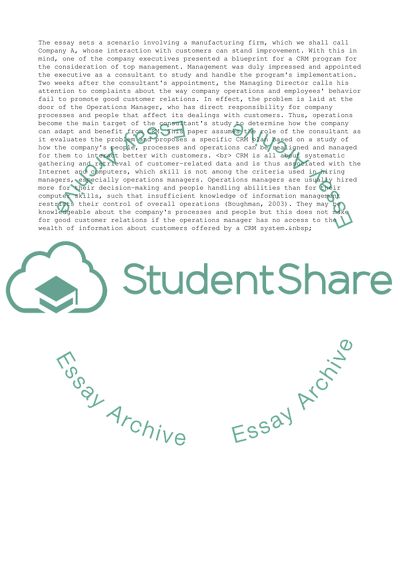Cite this document
(“The Conditions when a Comprehensive CRM Program Becomes Useful for an Research Paper”, n.d.)
The Conditions when a Comprehensive CRM Program Becomes Useful for an Research Paper. Retrieved from https://studentshare.org/management/1529369-customer-relationship-management-bachelor-essay
The Conditions when a Comprehensive CRM Program Becomes Useful for an Research Paper. Retrieved from https://studentshare.org/management/1529369-customer-relationship-management-bachelor-essay
(The Conditions When a Comprehensive CRM Program Becomes Useful for an Research Paper)
The Conditions When a Comprehensive CRM Program Becomes Useful for an Research Paper. https://studentshare.org/management/1529369-customer-relationship-management-bachelor-essay.
The Conditions When a Comprehensive CRM Program Becomes Useful for an Research Paper. https://studentshare.org/management/1529369-customer-relationship-management-bachelor-essay.
“The Conditions When a Comprehensive CRM Program Becomes Useful for an Research Paper”, n.d. https://studentshare.org/management/1529369-customer-relationship-management-bachelor-essay.


